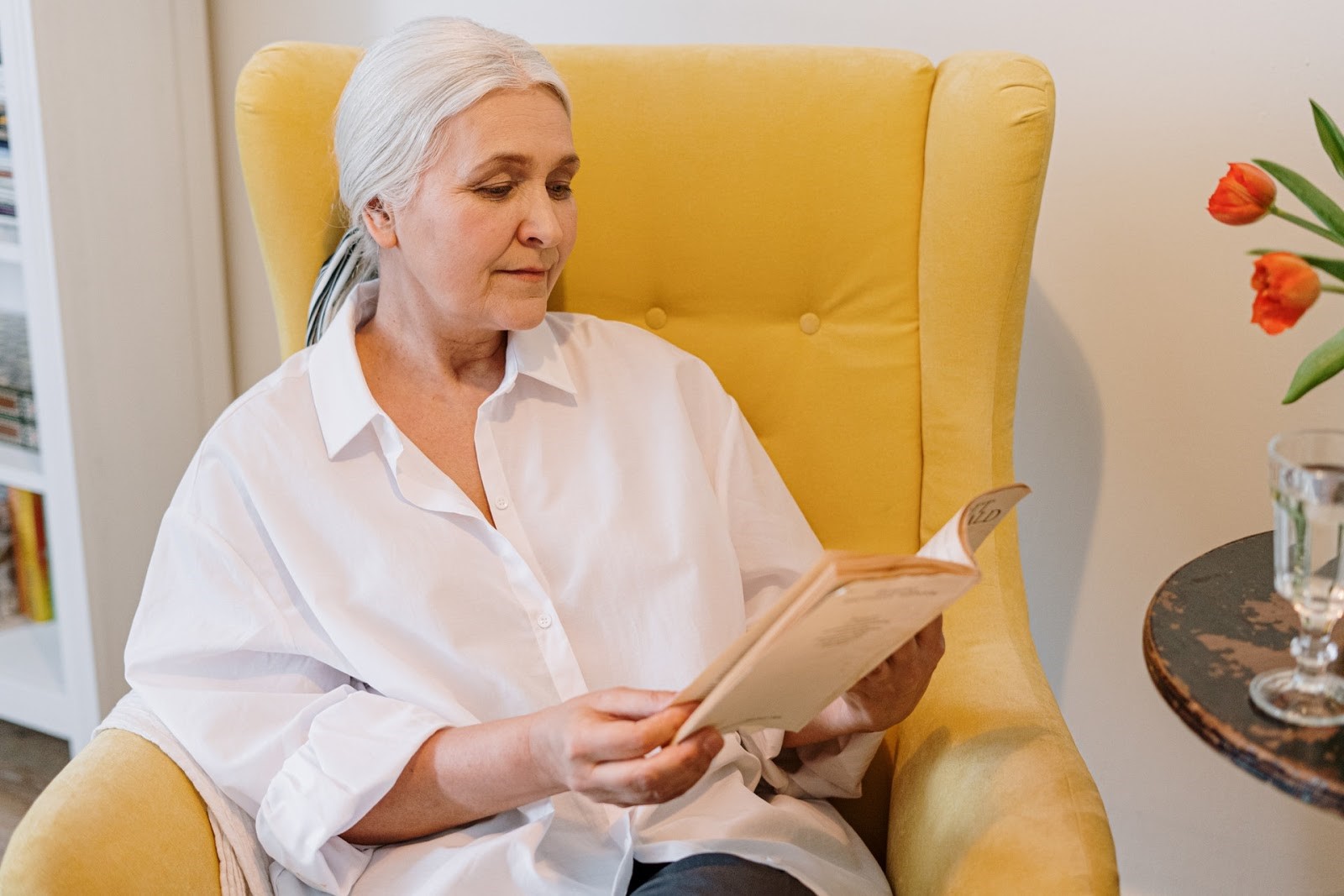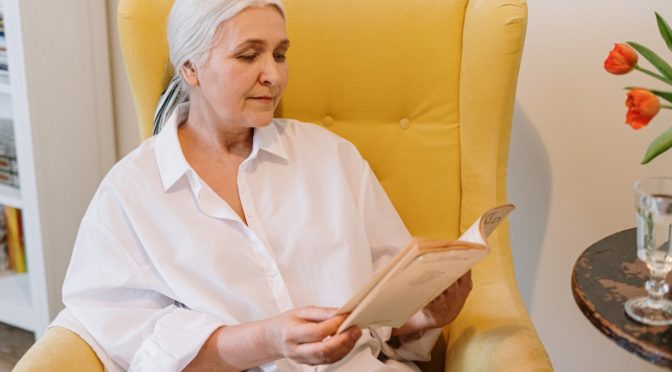These key home safety upgrades will help keep your aging parent safe.
Falls are the primary cause of both fatal and non-fatal injuries, the CDC reports. They often happen due to hazards in the home. Whether you’re considering modifying your home so your aging parent can move in or making changes to your parents’ home to keep them safe, these best practices will help you minimize the risks of slips and falls around the house.

Eliminate throw rugs
Walkers can easily get caught up on throw rugs, so it’s best to remove them. The floor should be even and level, with no potential trip hazards.
Add non-slip surfaces
Place anti-slip treads on both inside and outside stairs, along with a line of colorful tape at the edge of each step. The tape will make it easier to see where each step ends so that they don’t blend together. Place rubber mats in the shower and bathroom, too.
Install grab bars
The bathroom can be a dangerous place without proper precautions. Installing grab bars at the toilet and shower will help seniors keep their balance in the bathroom.
Consider installing a curbless shower to make stepping into the shower safer.
Non-slip shower chair
A non-slip shower chair can also reduce the risk of falls in the shower, as a senior doesn’t need to be standing the entire time. Make sure it’s high enough for getting on and off to be easy.
Add a high toilet
In the hit sitcom Grace and Frankie, the pair designs a hydraulic toilet to mitigate Grace’s bathroom woes—and the challenges of countless other seniors. Often, an ordinary toilet is too low to comfortably (or safely) stand up from, so replacing your senior loved one’s existing toilet with a high one can also improve bathroom safety.
Banish clutter
Create organized systems for keeping things neat, tidy, and contained. Get rid of unnecessary clutter while working to respect your loved one’s choices about what to keep or throw away. Add storage containers in places where your parent can easily reach them, rather than on the ground.
Add sensor lights
Install lights that switch on automatically when a senior gets out of bed or walks into a room or space. Fumbling for lights increases the risk of a fall, and automatic lighting provides a simple solution.
Keep pets contained
While some pets instinctively avoid being underfoot, others do not. When your parent is walking through a particular area, consider keeping your dog or cat enclosed in another space.
Use smart technology
Smart technologies like Alexa can add an extra level of safety in the home. A tech-savvy senior can make a call through Alexa or control the temperature and lighting from a phone.
Your loved one may be able to receive benefits through a Medicare Advantage plan that covers the costs of such modifications. Find out whether your state or local government offers a low-interest loan program for home safety modifications.
Sources
AARP, “How to Make a Home Safe for Your Aging Parent”
https://www.aarp.org/caregiving/home-care/info-2019/safety-tips.html
National Council on Aging, “A Home Fall Prevention Checklist for Older Adults”
https://www.ncoa.org/resources/check-for-safety-a-home-fall-prevention-checklist-for-older-adults/
U.S. News, “Home Safety Checklist for Seniors”
https://health.usnews.com/wellness/articles/home-safety-checklist-for-seniors


